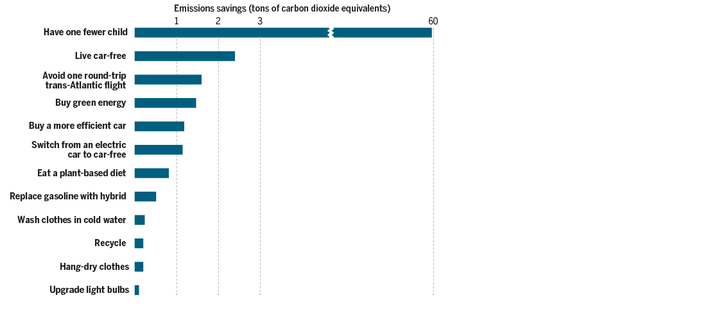Carbon Footprint Calculators
Calculating your overall carbon footprint is easy, and it’s your first step to making a personal plan for an “Environmental Makeover.”
Why calculate your Carbon Footprint?
By knowing the specific aspects of your lifestyle that contribute to your personal or household carbon footprint, you can begin to choose practical steps which will reduce your own impact on the environment, and help lead others to the same. A carbon footprint is the total amount of greenhouse gases (including carbon dioxide and methane) that are generated by your actions. The average annual carbon footprint for a household in Hingham is estimated to be 64 tons, and in the United States it is 48 tons,* one of the highest rates in the world. Globally, the average is closer to 10 tons. To have the best chance of avoiding a two-degree Celsius rise in global temperatures, the average global carbon footprint per year needs to drop under five tons by 2050.
All Governments and individuals must take concerted action. IT CAN BEGIN WITH YOU!
What contributes to one’s carbon footprint?
- Travel of all types: vehicle types, miles driven, airplane trips.
- Household characteristics including the number of people and house size, heating/cooling, electricity and water use.
- How much you spend on all goods and services.
- What type of foods you eat. Beef has a particularly heavy CO2 footprint as do foods that have come from a long distance.
What can you do? Below are some examples of CO2 saved by various actions.

Trading in your gasoline SUVs for a hybrid or electric car or reducing your airplane travel can reduce your carbon footprint dramatically, as many of our Hingham Net Zero community have found out for themselves. You can find out by how much. To calculate your household/personal footprint you will need:
- Utility bills: yearly gas, oil, electric, water in $/therms/KWh/gallons
- House size in square feet
- Gross household income
- Travel specifics
- Flights: number and length
- Vehicle MPG, drive miles per year, type
- Food type, servings per day
- Consumer credit cards $/month goods/services and cash spending
Visit CoolClimate.org to get started.
Or get a Climate Coach from HNZ to walk through it with you and to share their personal experience as well as that of many HNZ members. Contact our Coaching Coordinator, Ben Kerman at kermination@gmail.com to get connected.
*Jones, C. M., & Kammen, D. M. (2011). Quantifying carbon footprint reduction opportunities for US households and communities. Environmental science & technology, 45(9), 4088-4095.
Learn more about how to calculate your carbon footprint online by enjoying this video presentation:

